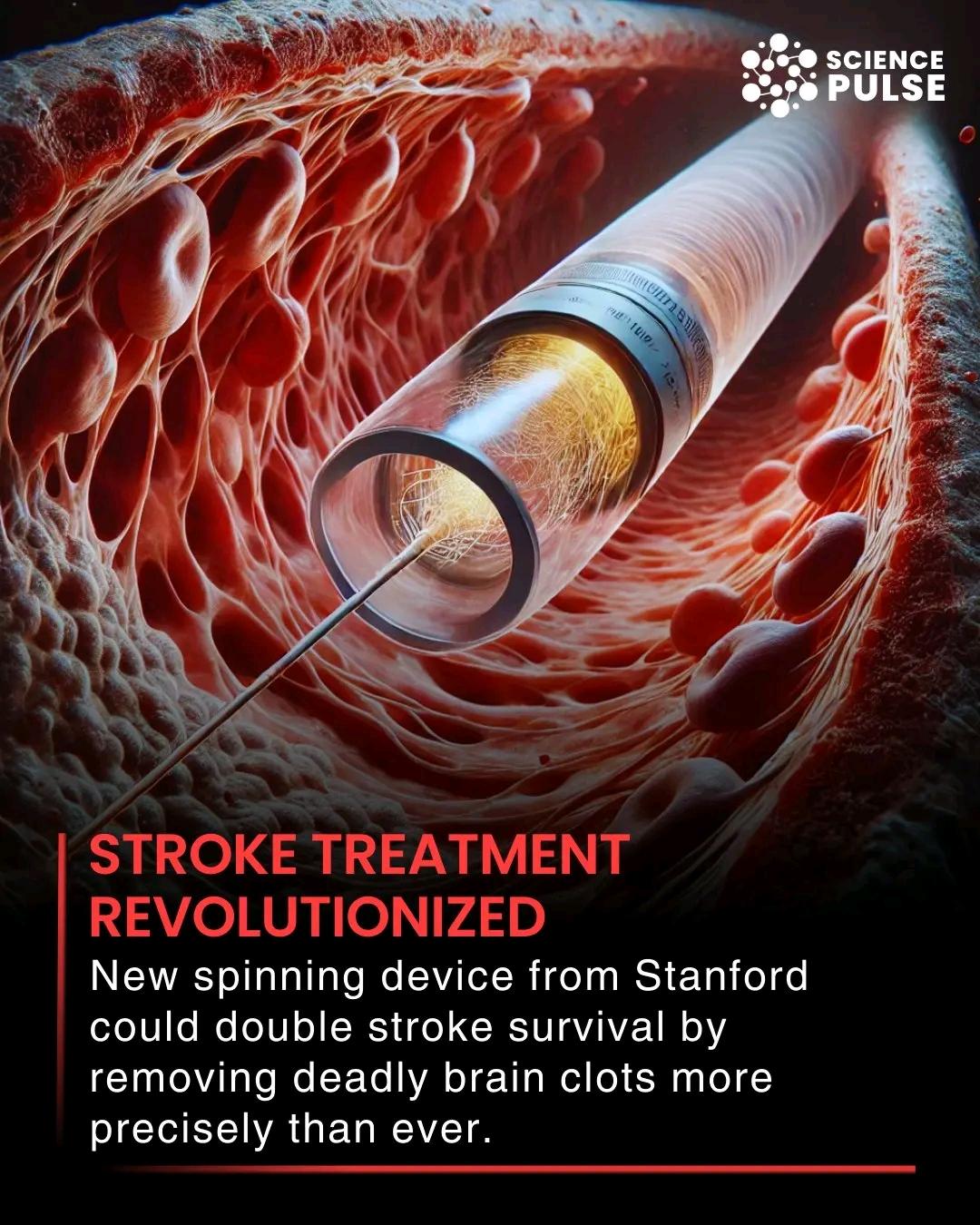Note for exam:
inspection=Bureau of Food Safety and Community Sanitation
Assessed during Inspections:
Improper time and temperature controls
Improper cooling
Poor personal hygiene
Employee illness
Bare hand contact with ready-to-eat foods
Rodent and other vermin activity
Inadequate equipment and facilities
Inspection zone:
Receiving
Storage
Preparation
Cooking
Hot-holding
Cooling
Reheating
Service
hazardous temperature (41°F - 140°F)
* Grade A . 0 to 13 points for sanitary violations.
* Grade B . 14 to 27 points for sanitary violations.
* Grade C . 28 or more points for sanitary violations.
"potentially hazardous" food
raw or cooked animal products such as meats, poultry, fish, shellfish (mollusks as well as crustaceans), milk and milk products (cheese, butter milk, heavy cream etc.,),plant protein such as tofu, and starches such as cooked rice, cooked pasta, cooked beans and cooked vegetables like potatoes, cut melons, cut leafy greens, cut tomatoes or mixtures of cut tomatoes, as well a sraw seed sprouts and garlic in oil
Exceptions: water activity (.85 or less) / pH of 4.6 or below
United States Department of Agriculture (USDA) inspection stamp in food/meat
Fresh beef must be received at 41°F or below, and frozen beef at 0°F or below
all smoked fish must be stored at 38°F or below (Clostridium botulinum)
The shellfish tag is required to be kept with the product, and kept for another 90 days after it is used up, in order of delivery.The virus hepatitis A is associated with shellfish.
Eggs temperature of 45°F (Salmonella enteritidis)
Milk and Dairy Products 41°F or below
The poison ciguatoxin, which is not destroyed by cooking, is found in certain fish and causes the food-borne illness ciguatera.
Scombroid poisoning is another food-borne illness caused by eating marine fish.. Cooking does not destroy histamine; all fish must be gutted and refrigerated soon after being caught.\
Eight Most Common Allergens:Fish
Peanuts
Wheat
Soy
Tree Nuts
Eggs
Milk
Shell Fish {Food Problems Will Send The EMS}
Additives that Trigger Allergies:Nitrites - added in meats for redness
Sulfites - added to dried and preserved fruits and vegetables for freshness
MSG – added to enhance the flavor of food
The presence of the following in the food constitutes a chemical hazard:
7. Ciguatoxin
A. True
8. Prescription medicines
A. True
9. Roach spray
12. Hair dye true
Food contaminated with pathogenic bacteria has no change in taste, smell or appearance, and is difficult to identify.
undesirable bacteria, which cause decomposition of food
Benign bacteria are neither helpful nor harmful to humans.
pH value of 4.6 or less
Psychrophilic bacteria thrive in the cold and grow at temperatures below 50°F.
Mesophilic bacteria grow best at temperatures between 50°F - 110°F. This is the group of greatest concern.
Thermophilic bacteria thrive in heat and grow best at temperatures between 110°F - 150°F and more.
One of the ways to control this illness is to freeze fish at minus 31 °F for 15 hours.
food-borne parasite found in under-cooked pork is:Trichinella spiralis
FOOD-BORNE INFECTION> contains microorganism
FOOD-BORNE INTOXICATION> toxin by microorganism
Food that is not later reheated to 165°F before serving.
poultry 165°F for 15 seconds
Pork 150°F for 15 seconds
shell eggs 145°F for 15 seconds
Ground meat 158°F for 15 seconds
Meat, fish and other potentially hazardous foods not listed above are required to be cooked to 140°F for 15 seconds.
Potentially hazardous foods that have been allowed to cool over an extended period of time- more than 2 hours when cooling from 140°F to 70°F, and more than 4 hours when cooling from 70°F to 41°F or below, are considered contaminated and must be discarded.
A cooling device capable of rapidly cooling potentially hazardous foods from 140°F to 41°F within 4 hours is recommended.
Wash energetically in first compartment with warm water at 110°F - 120— F using a good dish detergent and brush. Dish detergent does not sanitize utensils.
The hot water supply should be sufficient to satisfy the continuous and peak hot water demands of the establishment. Hot water for hand washing should not exceed 115°F.
Hot water for mechanical dishwashing should be 140°F - 165°F for washing and 180°F for sanitizing. The water temperature for manual hot water sanitization should be at least 170°F.
inspection=Bureau of Food Safety and Community Sanitation
Assessed during Inspections:
Improper time and temperature controls
Improper cooling
Poor personal hygiene
Employee illness
Bare hand contact with ready-to-eat foods
Rodent and other vermin activity
Inadequate equipment and facilities
Inspection zone:
Receiving
Storage
Preparation
Cooking
Hot-holding
Cooling
Reheating
Service
hazardous temperature (41°F - 140°F)
* Grade A . 0 to 13 points for sanitary violations.
* Grade B . 14 to 27 points for sanitary violations.
* Grade C . 28 or more points for sanitary violations.
"potentially hazardous" food
raw or cooked animal products such as meats, poultry, fish, shellfish (mollusks as well as crustaceans), milk and milk products (cheese, butter milk, heavy cream etc.,),plant protein such as tofu, and starches such as cooked rice, cooked pasta, cooked beans and cooked vegetables like potatoes, cut melons, cut leafy greens, cut tomatoes or mixtures of cut tomatoes, as well a sraw seed sprouts and garlic in oil
Exceptions: water activity (.85 or less) / pH of 4.6 or below
United States Department of Agriculture (USDA) inspection stamp in food/meat
Fresh beef must be received at 41°F or below, and frozen beef at 0°F or below
all smoked fish must be stored at 38°F or below (Clostridium botulinum)
The shellfish tag is required to be kept with the product, and kept for another 90 days after it is used up, in order of delivery.The virus hepatitis A is associated with shellfish.
Eggs temperature of 45°F (Salmonella enteritidis)
Milk and Dairy Products 41°F or below
The poison ciguatoxin, which is not destroyed by cooking, is found in certain fish and causes the food-borne illness ciguatera.
Scombroid poisoning is another food-borne illness caused by eating marine fish.. Cooking does not destroy histamine; all fish must be gutted and refrigerated soon after being caught.\
Eight Most Common Allergens:Fish
Peanuts
Wheat
Soy
Tree Nuts
Eggs
Milk
Shell Fish {Food Problems Will Send The EMS}
Additives that Trigger Allergies:Nitrites - added in meats for redness
Sulfites - added to dried and preserved fruits and vegetables for freshness
MSG – added to enhance the flavor of food
The presence of the following in the food constitutes a chemical hazard:
7. Ciguatoxin
A. True
8. Prescription medicines
A. True
9. Roach spray
12. Hair dye true
Food contaminated with pathogenic bacteria has no change in taste, smell or appearance, and is difficult to identify.
undesirable bacteria, which cause decomposition of food
Benign bacteria are neither helpful nor harmful to humans.
pH value of 4.6 or less
Psychrophilic bacteria thrive in the cold and grow at temperatures below 50°F.
Mesophilic bacteria grow best at temperatures between 50°F - 110°F. This is the group of greatest concern.
Thermophilic bacteria thrive in heat and grow best at temperatures between 110°F - 150°F and more.
One of the ways to control this illness is to freeze fish at minus 31 °F for 15 hours.
food-borne parasite found in under-cooked pork is:Trichinella spiralis
FOOD-BORNE INFECTION> contains microorganism
FOOD-BORNE INTOXICATION> toxin by microorganism
Food that is not later reheated to 165°F before serving.
poultry 165°F for 15 seconds
Pork 150°F for 15 seconds
shell eggs 145°F for 15 seconds
Ground meat 158°F for 15 seconds
Meat, fish and other potentially hazardous foods not listed above are required to be cooked to 140°F for 15 seconds.
Potentially hazardous foods that have been allowed to cool over an extended period of time- more than 2 hours when cooling from 140°F to 70°F, and more than 4 hours when cooling from 70°F to 41°F or below, are considered contaminated and must be discarded.
A cooling device capable of rapidly cooling potentially hazardous foods from 140°F to 41°F within 4 hours is recommended.
Wash energetically in first compartment with warm water at 110°F - 120— F using a good dish detergent and brush. Dish detergent does not sanitize utensils.
The hot water supply should be sufficient to satisfy the continuous and peak hot water demands of the establishment. Hot water for hand washing should not exceed 115°F.
Hot water for mechanical dishwashing should be 140°F - 165°F for washing and 180°F for sanitizing. The water temperature for manual hot water sanitization should be at least 170°F.
Note for exam:
inspection=Bureau of Food Safety and Community Sanitation
Assessed during Inspections:
Improper time and temperature controls
Improper cooling
Poor personal hygiene
Employee illness
Bare hand contact with ready-to-eat foods
Rodent and other vermin activity
Inadequate equipment and facilities
Inspection zone:
Receiving
Storage
Preparation
Cooking
Hot-holding
Cooling
Reheating
Service
hazardous temperature (41°F - 140°F)
* Grade A . 0 to 13 points for sanitary violations.
* Grade B . 14 to 27 points for sanitary violations.
* Grade C . 28 or more points for sanitary violations.
"potentially hazardous" food
raw or cooked animal products such as meats, poultry, fish, shellfish (mollusks as well as crustaceans), milk and milk products (cheese, butter milk, heavy cream etc.,),plant protein such as tofu, and starches such as cooked rice, cooked pasta, cooked beans and cooked vegetables like potatoes, cut melons, cut leafy greens, cut tomatoes or mixtures of cut tomatoes, as well a sraw seed sprouts and garlic in oil
Exceptions: water activity (.85 or less) / pH of 4.6 or below
United States Department of Agriculture (USDA) inspection stamp in food/meat
Fresh beef must be received at 41°F or below, and frozen beef at 0°F or below
all smoked fish must be stored at 38°F or below (Clostridium botulinum)
The shellfish tag is required to be kept with the product, and kept for another 90 days after it is used up, in order of delivery.The virus hepatitis A is associated with shellfish.
Eggs temperature of 45°F (Salmonella enteritidis)
Milk and Dairy Products 41°F or below
The poison ciguatoxin, which is not destroyed by cooking, is found in certain fish and causes the food-borne illness ciguatera.
Scombroid poisoning is another food-borne illness caused by eating marine fish.. Cooking does not destroy histamine; all fish must be gutted and refrigerated soon after being caught.\
Eight Most Common Allergens:Fish
Peanuts
Wheat
Soy
Tree Nuts
Eggs
Milk
Shell Fish {Food Problems Will Send The EMS}
Additives that Trigger Allergies:Nitrites - added in meats for redness
Sulfites - added to dried and preserved fruits and vegetables for freshness
MSG – added to enhance the flavor of food
The presence of the following in the food constitutes a chemical hazard:
7. Ciguatoxin
A. True
8. Prescription medicines
A. True
9. Roach spray
12. Hair dye true
Food contaminated with pathogenic bacteria has no change in taste, smell or appearance, and is difficult to identify.
undesirable bacteria, which cause decomposition of food
Benign bacteria are neither helpful nor harmful to humans.
pH value of 4.6 or less
Psychrophilic bacteria thrive in the cold and grow at temperatures below 50°F.
Mesophilic bacteria grow best at temperatures between 50°F - 110°F. This is the group of greatest concern.
Thermophilic bacteria thrive in heat and grow best at temperatures between 110°F - 150°F and more.
One of the ways to control this illness is to freeze fish at minus 31 °F for 15 hours.
food-borne parasite found in under-cooked pork is:Trichinella spiralis
FOOD-BORNE INFECTION> contains microorganism
FOOD-BORNE INTOXICATION> toxin by microorganism
Food that is not later reheated to 165°F before serving.
poultry 165°F for 15 seconds
Pork 150°F for 15 seconds
shell eggs 145°F for 15 seconds
Ground meat 158°F for 15 seconds
Meat, fish and other potentially hazardous foods not listed above are required to be cooked to 140°F for 15 seconds.
Potentially hazardous foods that have been allowed to cool over an extended period of time- more than 2 hours when cooling from 140°F to 70°F, and more than 4 hours when cooling from 70°F to 41°F or below, are considered contaminated and must be discarded.
A cooling device capable of rapidly cooling potentially hazardous foods from 140°F to 41°F within 4 hours is recommended.
Wash energetically in first compartment with warm water at 110°F - 120— F using a good dish detergent and brush. Dish detergent does not sanitize utensils.
The hot water supply should be sufficient to satisfy the continuous and peak hot water demands of the establishment. Hot water for hand washing should not exceed 115°F.
Hot water for mechanical dishwashing should be 140°F - 165°F for washing and 180°F for sanitizing. The water temperature for manual hot water sanitization should be at least 170°F.
0 Commentaires
0 Parts
1KB Vue














